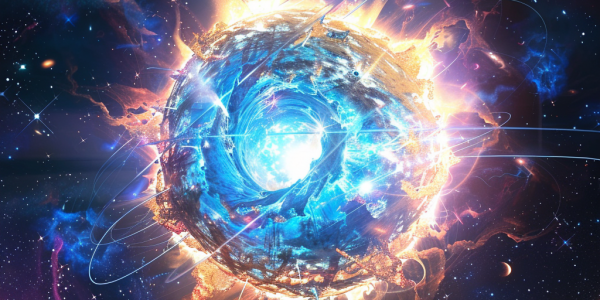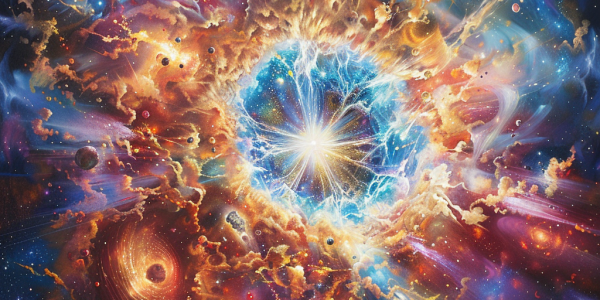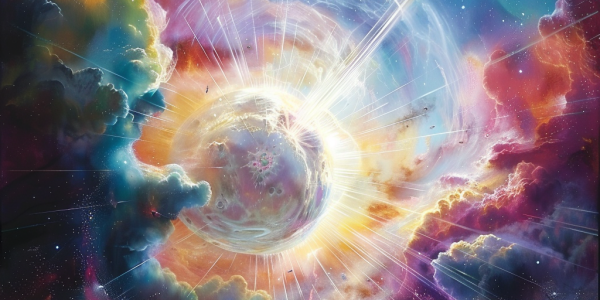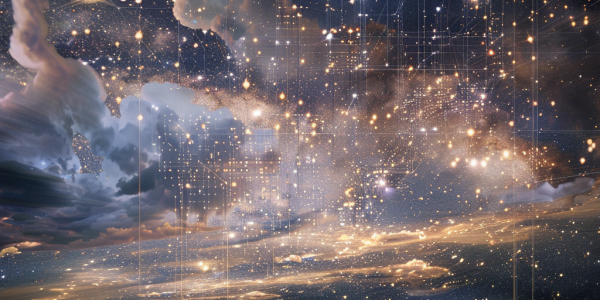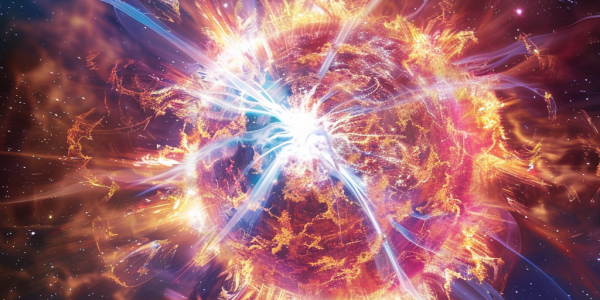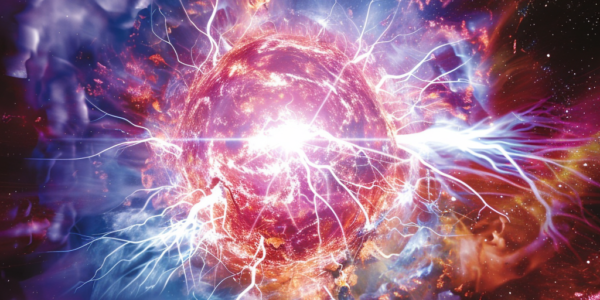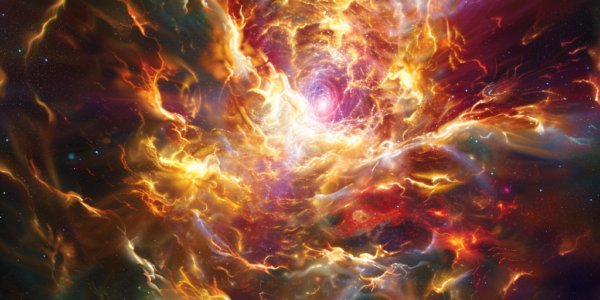Exploring the Complex Nature of Neutron Stars and Quark Matter
Explore the complex nature of neutron stars, remnants of massive stars primarily composed of neutrons. Recent research reveals their intricate internal structures, including the potential for exotic quark matter. Discover how pulsars, rapidly rotating neutron stars, provide insights into their density and behavior, shedding light on the extreme conditions within these celestial phenomena.
Astrophysicists Measure Temperatures in Neutron Star Collision, Unveiling Heavy Element Origins
Astrophysicists at the Niels Bohr Institute have made a groundbreaking discovery by measuring the temperature of elementary particles from neutron star collisions, leading to the formation of the smallest black hole ever recorded. This research, published in Astronomy & Astrophysics, reveals critical insights into the creation of heavy elements like gold and platinum, highlighting the significance of neutron star mergers in the cosmic landscape. The study emphasizes the importance of global collaboration among observatories in unraveling the mysteries of the universe’s most violent events.
Pulsars May Illuminate Dark Matter Mysteries Through Axion Detection
Recent advancements in astrophysics reveal that rapidly spinning neutron stars, or pulsars, may play a crucial role in detecting dark matter through the production of axions. Research from the University of Amsterdam suggests these elusive particles could be generated in significant quantities, offering new insights into the universe’s mysteries and the fundamental nature of dark matter.
Unraveling the Mysteries of Neutrinos: A Journey Through Astrophysics
Explore the fascinating world of neutrinos, the mysterious subatomic particles abundant in the universe. Learn about the groundbreaking discovery of neutrino oscillations at the Sudbury Neutrino Observatory and the complexities of studying solar neutrinos. Discover the three types of neutrinos and their significance in unraveling the secrets of the cosmos. Join scientists in their relentless pursuit of knowledge as they uncover the interconnectedness of the universe through the intricate dance of neutrinos.
First Magnetar Flare Detected Outside Our Galaxy: A Game-Changing Discovery in Astrophysics
Discover the groundbreaking detection of the first magnetar flare outside our galaxy, challenging previous notions about gamma-ray bursts and opening new frontiers in astrophysics. Learn how the Integral gamma-ray observatory identified the burst in the nearby galaxy M82, shedding light on the complex nature of cosmic phenomena and the potential origins of magnetars.
Thermonuclear Explosions on Neutron Stars Shed Light on Jet Speed
New study in Nature reveals insights into the speed of neutron star jets through thermonuclear explosions. Researchers measure the speed of a neutron star compact jet to be v=0.38c, shedding light on jet launching mechanisms and system properties.
Neutron Star Mergers Shed Light on Dark Matter
Neutron star mergers provide new physics signals that could shed light on dark matter, according to a study by Washington University in St. Louis. The study, led by physicist Bhupal Dev, establishes constraints on axion-like particles using observations from the 2017 neutron star merger event, GW170817. These particles are prime candidates for constituting dark matter and could bridge the gap between the visible and dark sectors of the universe.
Groundbreaking Discovery of Heavy Element Creation in Cosmos
Scientists have made a groundbreaking discovery using the James Webb Space Telescope (JWST) and the Hubble Space Telescope, revealing new insights into the creation of heavy elements in the cosmos. The collision of two ultradense neutron stars led to the production of metals heavier than iron and silver, including gold. This discovery challenges previous beliefs about the origins of gamma-ray bursts and opens up new avenues for understanding cosmic processes.

